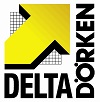Submitted by Matthew on
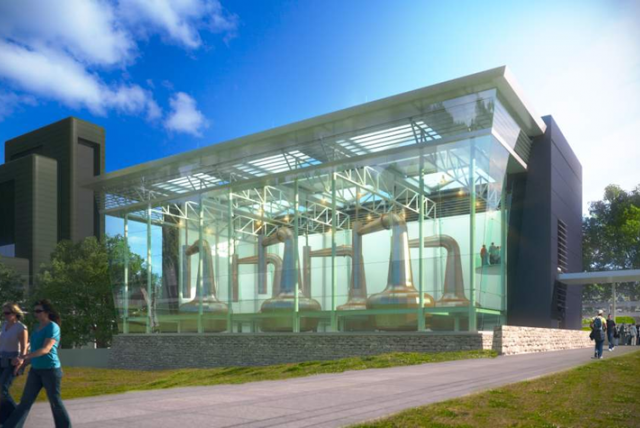
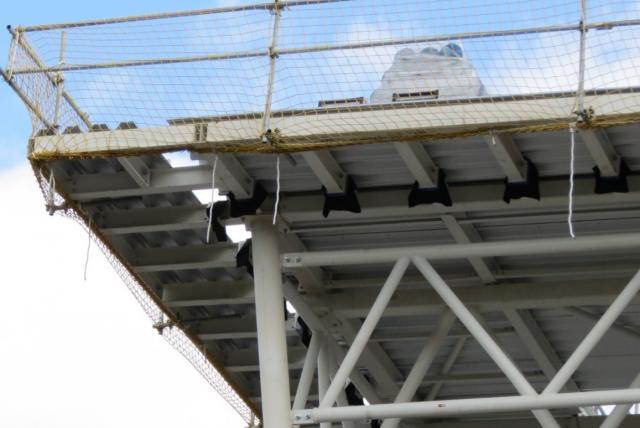
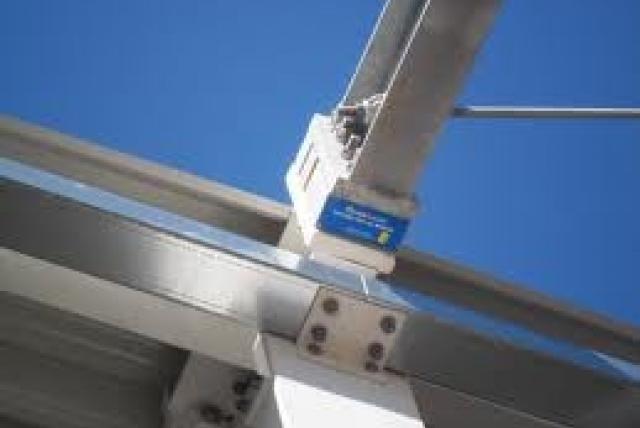
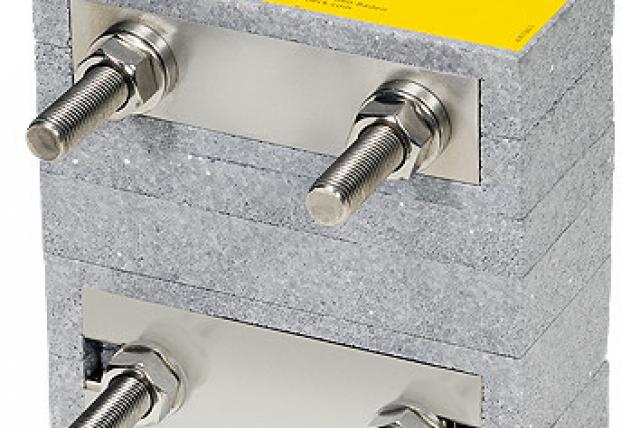
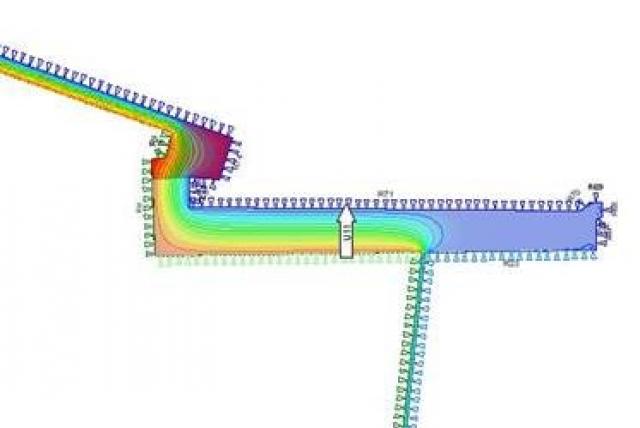
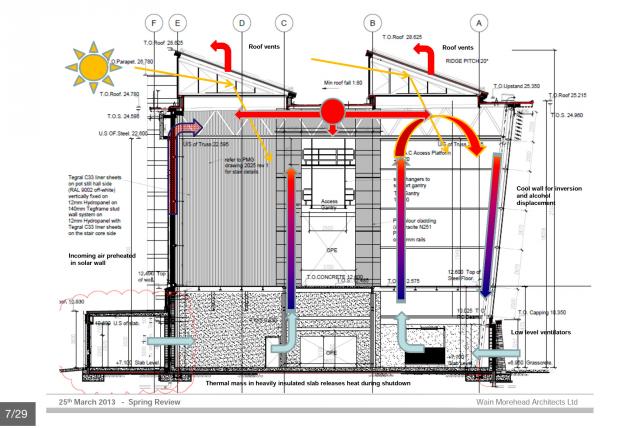
Schöck prevents thermal bridging in major new Irish distillery
Marketing and distribution across Ireland of the major Pernod Ricard premium wine and spirit brands, such as Malibu; Jacob's Creek; Brancott Estate and Mumm; is big business for Irish Distillers Pernod Ricard. However, the company’s real heritage is in its whiskey brands, particularly Jameson Irish Whiskey, which is produced at the main distillery in Midleton, County Cork. The site has a production capacity of 33 million litres of alcohol a year, but even this is still insufficient to meet increasing international demand. As a result, €100 million is being invested in new plant to double the capacity. When complete, Midleton will be one of the most modern distilleries in the world, boasting three 75,000 litre pot stills, and three column stills, which are used in combinations of three to produce the different types of whiskey.
Sustainability has always played a significant part in Irish Distillers Pernod Ricard's development programmes and the current expansion is no exception. “Sustainability was a pre-requisite from the outset, from the design stage. Every element was examined from a sustainability perspective”, says Tommy Keane, head of distilling operations at Irish Distillers. A challenge taken up by the architect John Morehead, of Wain Morehead Architects, who comments: “We were able to incorporate all the tools and techniques we used from doing passivhaus buildings and apply it to this building”.
The 21.5m high pot still hall building envelope is designed to a very high level of thermal performance and one of the design factors that had to be taken into account was the prevention of thermal bridging. There is of course a regulatory need to reduce local heat loss and CO2 emissions. But in addition, condensation can be a potential problem too, frequently resulting in structural integrity problems – and even mould growth, which brings its own set of health risks to personnel. The pot still hall has an overhanging roof element and this is insulated to the top, leading edge and underside on the north elevation and part return on the east and west elevations over a glazed wall. To prevent any risk of thermal bridging at these roof overhang connectivity points, the structural elements to the primary steel are isolated from the interior environment using Isokorb structural thermal break units from Schöck.
The Isokorb offers outstanding thermal efficiency and unrivalled application options, allowing connections to be made between concrete-to-concrete, concrete-to-steel and steel-to-steel. One of the modular connection types even allows the retro-fitting of balconies in certain situations. At Midleton, it is the KST-QST module for steel-to-steel applications that has been specified. The KST modules are unique in being able to withstand extremely demanding loads and incorporate stainless steel components to ensure corrosion protection and minimise thermal conductivity. Due to their thermal insulation properties, the Isokorb modules dramatically reduce energy loss in connective areas by guaranteeing that there is uniformity between cantilever structures and the internal structure at the thermal envelope. They also transfer load and maintain full structural integrity, while at the same time enabling inner surface area temperatures to remain well in excess of those likely to cause mould formation and condensation. The units are easy to fit with regular end-plate connections and all available steel profiles can be bolted on.
The entire Schöck Isokorb range provides BBA Certification and LABC Registration, and comfortably exceeds the requirements of BRE IP1/06 and Part L of the Irish Building Regulations. These state that the temperature factor used to indicate condensation risk (fRSI), must be greater than, or equal to, 0.50 for commercial buildings, a requirement comfortably exceeded by incorporating the Isokorb into the design.
There is also compliance with the Government Standard Assessment Procedure, SAP 2009, concerning CO2 emissions from buildings, and respectively heat losses through non-repeating thermal bridges. Here, the lambda values of the Schöck Isokorb® enables energy loss through balconies, canopies and other cantilever parts of the building to be reduced by as much as 84% to 91%.
There are hundreds of standard solutions available in the Schöck range and modules can be tailored to suit practically any application, with different types enabling the transmission of shear, bending moment and tension, as well as compression.





















